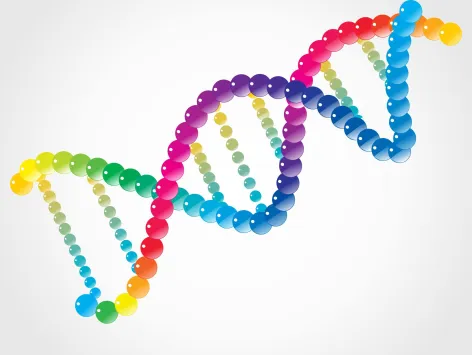The topic of discussion pertains to amorphous and crystalline solids.
Crystalline solids are a type of solid material characterized by a highly ordered and repeating atomic
or molecular structure. This regular arrangement
a) These entities exhibit a significant degree of long-range ordering among their constituent
particles.
b) These objects possess distinct geometric shapes.
c) These substances undergo a distinct and identifiable phase transition at a specific temperature.
d) When subjected to cutting with a tool possessing a sharp edge, the resulting surfaces exhibit a
characteristic of being flat and devoid of any irregularities.
e) These objects can be classified as true solids.
f) These substances possess distinct and identifiable heat of fusion values.
g) These entities exhibit anisotropic characteristics.
Amorphous solids are a type of solid material that lack a definite crystalline structure. Unlike
crystalline solids, which have a
a) These materials exhibit a limited range of order in the arrangement of their constituent particles.
b) These materials possess an irregular shape.
c) The softening process occurs gradually across a range of temperatures.
d) When subjected to cutting with a tool possessing a sharp edge, the surfaces that are formed
exhibit irregularities.
e) These substances can be classified as either pseudo solids or supercooled liquids.
f) The substances in question do not possess a specific heat of fusion.
g) These entities possess isotropic characteristics.
Crystalline solids, also known as true solids, are subject to the principles discussed in this section.
Amorphous solids, alternatively referred to as supercooled liquids or pseudo solids, possess the
characteristic of flowing under their own weight. For instance, when glasses are installed in
windows, they exhibit a phenomenon where the thickness gradually increases towards the bottom
while becoming thinner towards the top.
The crystalline nature of polymers is characterized by the presence of both crystalline and
amorphous properties. For instance, materials such as high density polyethylene, fibers, and
stretched rubber can be considered. In contrast, amorphous polymers encompass materials such as
low-density polyethylene and elastomers like synthetic rubber.
Annealing refers to the process in which an amorphous substance, when subjected to specific
temperatures, can undergo a transformation to acquire a crystalline structure. Subsequently, upon
cooling, the substance reverts back to its original amorphous state. The term used to describe this
phenomenon is known as annealing. For instance, when glass is maintained in a semi-solid state for
an extended duration or subjected to gradual cooling, it undergoes a transformation resulting in
opaqueness. This phenomenon can be attributed to the formation of crystals within the glass
structure.




